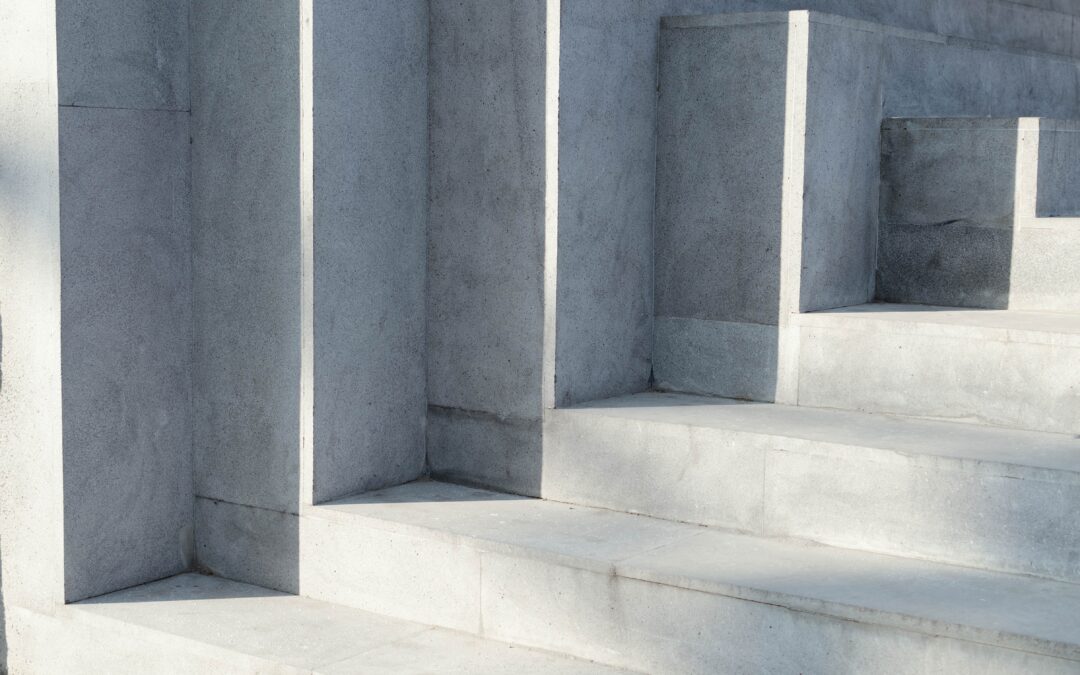This is the third and final post in a series in which I revisit some of the big questions for philanthropy I discussed in a post published in the fall of 2022. The first dealt with whether changes in philanthropic practice made in the wake of the pandemic would be sustained; the second examined the state of philanthropy with respect to a focus on racial equity. In this post I’ll turn to questions about protecting democracy and bridging differences.
Two big, related questions have hung over many in philanthropy these past several years: first, how best to protect democracy, and second, how to work to bridge differences in a polarized time.
They’re not easy ones. And, spoiler alert, I don’t know the answers.
What Does it Mean to Nurture Democracy?
On the first question, we need to get clear what we mean by democracy. Protecting voting rights against those who seek to curtail them and registering voters is, of course, vital work – and nonprofits, supported by philanthropy, have a crucial role to play. But democracy, as many of us conceive of it, is bigger than that: it includes freedom to organize and mobilize for change and freedom of the press.
Eric Liu, founder and CEO of Citizens University, takes it even further, when he talks about the concept of citizenship — and about the need for citizens to believe they can make a difference. He puts it this way in this recently-released episode of the Giving Done Right podcast that I host with CEP’s Grace Nicolette: “Citizenship, properly understood, is about a combination of two things … power plus character … To live like a citizen, to feel like you have some voice and can make an impact in changing things that you don’t like.”
Liu argues that, to be successful in protecting and expanding notions of democracy and citizenship, we need to change our culture. This, in Liu’s conception, happens at the community level, not on CNN or Fox News. Liu’s organization, for example, has organized something he calls Civic Saturdays — “a civic analogue to a faith gathering that brings friends and strangers together to nurture a spirit of shared purpose.”
To me, the interview with Liu was a revelation in terms of my own conception of what it means to nurture democracy. It doesn’t make the larger, epic fights to stop naked efforts by elected officials to “find” votes or to make voting more difficult any less important. Indeed, they couldn’t be more important.
But that effort won’t be enough, alone, to restore broad faith in our democracy. We also need, Liu argues, to meet people where they are (literally and figuratively), understand their fears, and retore their faith that they have power within the American democratic system.
To Bridge or Not to Bridge?
Liu is among a number of leaders working on what often gets labeled “bridging” efforts — and these efforts have captured significant support from philanthropy in recent years. But I worry that it can all get a little starry-eyed, and naïve even, so I asked Liu, essentially, what’s a bridge too far?
My sense is that, on the one hand, we won’t make any progress if we just engage with those with whom we already agree — as so many do. But, on the other hand, we don’t want to normalize extremism by platforming or legitimating it. So how do we get it right?
Here’s what he said:
“You’re asking, how do we know when to bridge and how do we know when to fight? The answer actually begins with know thyself and know the people around you, including those you want to fight, and humanizing people … You do have to begin by humanizing, because the dangers of authoritarianism … are fed by dehumanization. [T]he hard right benefits when people on the left also get into the habit of dehumanizing those they don’t like. They’re like, great, we’ll take it from here. But the question of how do I know when to bridge? How do I know when to fight? is the question that Abraham Lincoln wrestled with every day of his political career. It is the question that Martin Luther King wrestled with throughout the civil rights movement. It is the question that Ella Baker, who’s far less known than Martin Luther King, but had to do far more of the on the ground organizing without acclaim and attention, had to wrestle with all the time. Ella Baker’s answer was, there’s no set pattern. There’s no cut and paste to this. You meet people where they are… And there may be times where, like, you know what? Life is short. And my job is to contain the threat that this person poses, not to spend time and energy engaging them. But I don’t have a one size fits all answer to that.”
That seems right — and important — to me.
We’re all going to draw lines differently. My own view is that, over the last eight years, some in the media and even some of our colleagues in organized philanthropy have at times unintentionally normalized extremism with both sides-ism and false equivalencies. But I also take Liu’s point, on the other hand, about the de-humanizing factionalism Liu describes – and about people living in echo chambers
Put another way, what worries me is this: I don’t hear my friends who are focused on bridging doing much talking about when, in fact, we need to fight and I don’t hear much from my friends focused on fighting about when, in fact, we need to bridge. But I think Liu is right that there is a time for each and, I’ll be honest, I can think of times when I, myself, have probably erred in each direction.
Like I said, I don’t have the answers about how to protect our democracy or how to bridge differences. But I do know these are important questions that every donor worried about these issues should be wrestling with — and perhaps none is more salient in this moment than the deceptively simple one Liu articulates: when to bridge and when to fight.
Phil Buchanan is president of CEP, author of “Giving Done Right: Effective Philanthropy and Making Every Dollar Count,” and co-host of the Giving Done Right podcast.


